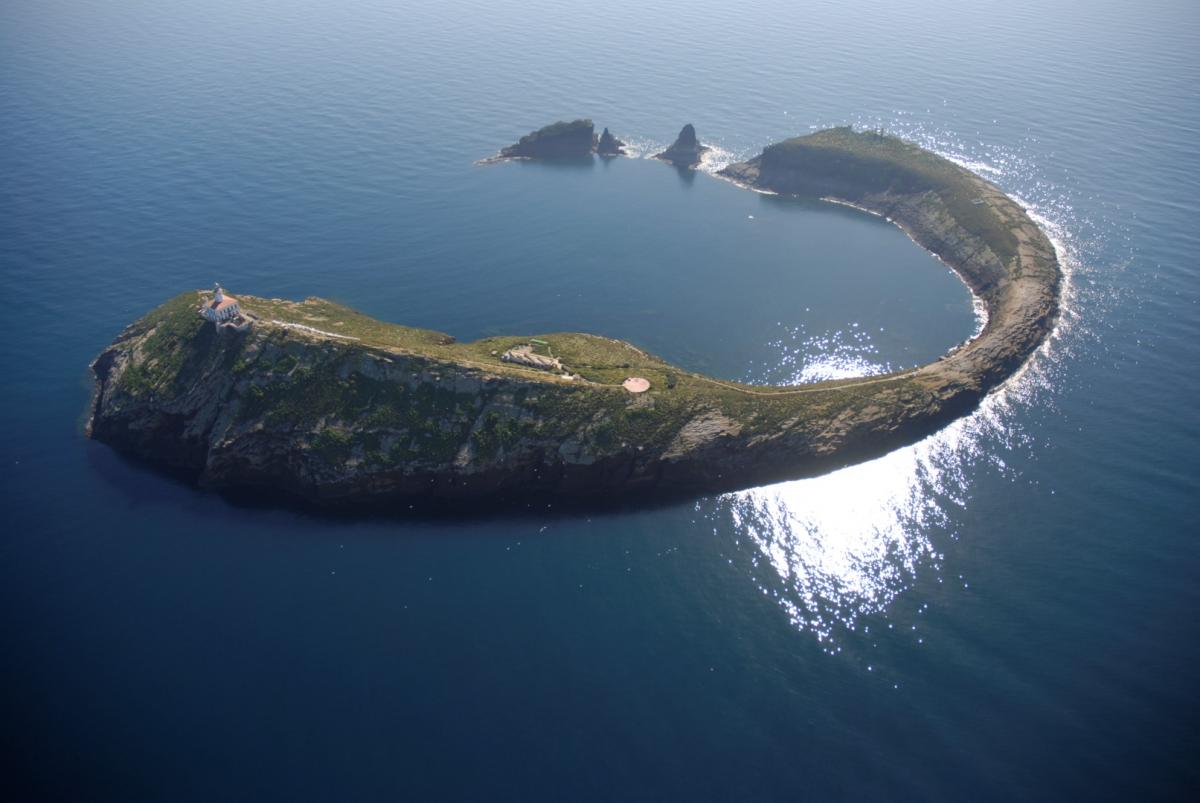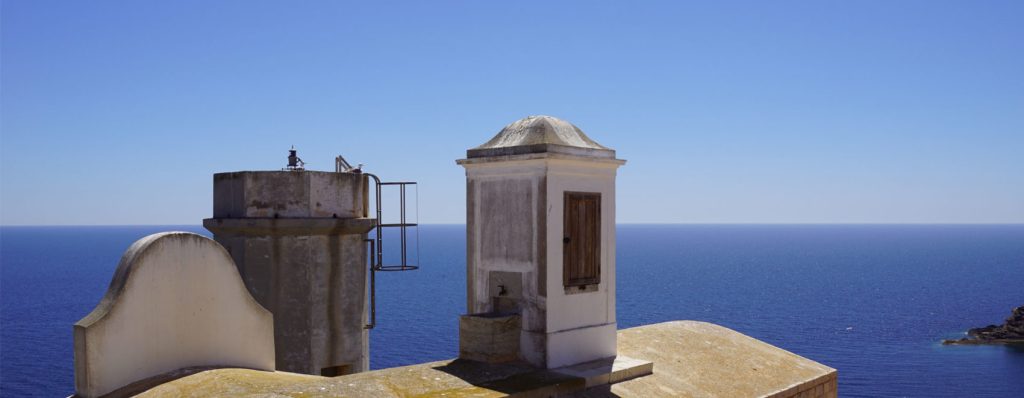
Volcanoes in the Western Mediterranean
The archipelago of the Columbretes Islands is located in the Western Mediterranean, just fifty kilometres away from the port of Castellón, in the province of the same name in the Valencian Community. It consists of 24 islets divided into four groups, each of which is named after its main islet. From north to south: Columbrete Grande (L’Illa Grossa in Valencian), Perrera (Ferrera), Horadada (Foradada) and El Bergantín (El Carallot). The emerged area occupies 19 hectares.

Volcanoes in the Western Mediterranean
As its name indicates, the Isla Grossa is the largest of them all, and the highest of them all, at 67 metres above sea level. This island also clearly shows the volcanic origin of the archipelago, as it has the shape of an almost perfect semi-submerged volcanic caldera, very similar to the famous Greek island of Santorini. The appearance of these islands is parched and cliffy. But appearances are deceptive, and these volcanic islets hold many surprises.
The first of these is their very origin. It is a very unusual example of Quaternary volcanism, whose activity began between three and a million years ago and ended about 30,000 years ago. The islands arise from a volcanic field measuring 90 x 40 kilometres in size, with average depths of 80 to 90 metres. There, as a result of the pressure exerted by the African tectonic plate on the Eurasian plate, a north-south fault arose along which the magma rose, raising the volcanic edifices that make up the Columbretes.
